
General Idea
Sichuan Province, located in southwest China, is one of the largest and most inaccessible provinces in the nation. This province covers an area of 485,000 kilometers (187,000 )
Chengdu is the capital of Sichuan and is the cultural and industrial center for the agricultural Chengdu Plain. Chengdu was one of the first centers of printing in China and has been famous for its luxurious satins, brocades, and lacquer ware since the 13th century.
Chengdu is also home to the Chengdu Giant Panda Research Base, one of the most important centers in the world for the captive conservation of the Giant Panda. The Research Centre has evolved into China Panda City. Panda City encompasses a museum, as well as the Chengdu Zoo
Sichuan is known as the "Land of Abundance" and has three places on the World Cultural and Natural Heritage List: Jiuzhaigou Scenic Area, Huang Long Valley (Yellow Dragon Valley) and Mount Emeishan including Leshan Giant Buddha. Visitors to this province can experience a wide variety of beautiful landscapes including plateaus, mountains, ravines, basins, hills, plains, rivers, lakes, hot springs, waterfalls and limestone caves. In addition, tourists can visit important historic relics and taste the delicious spicy Sichuan Cuisine.
Geography and Climate
Geography: Chengdu has a humid subtropical climate (Koppen Cwa) and is largely mild and humid. Chengdu is situated at the western edge of the Sichuan Basin and is therefore sheltered from northwest winds from Siberia in winter by the Qinling Mountains to the north; the short winter is milder than in the Lower Yangtze because of the sheltering effect of the Qinling.
Population: According statistics, the total population in Chengdu is estimated around 12.21 million. Unlike the other parts of the Sichuan Province where many ethnic minorities like Tibetan, Qiang, Miao, Hui, Mongolian, Tujia and Manchu are living, Han Chinese is the vast majority nationality group in Chengdu. The fast growing of the population in the city thus makes Chengdu become a metropolitan.
Administrative Division: Chengdu is a sub-provincial city. It has direct jurisdiction over 9 districts, 4 county-level cities and 6 counties
Briefing
The weather in the mountainous region is icy cold, but clear, which contrasts almost diametrically with the neighbouring mild, humid, and often overcast or outright foggy, weather of the Chengdu Plain to the east that characterizes the city of Chengdu; sometimes likened to the city of London as regards the fog and the drizzly weather. For example, Chengdu gets about 250-300 foggy, cloudy or rainy days each year. An old saying, describing the weather of Chengdu, mocks the infrequency of sunshine: 'Shu dogs bark at the sight of the sun'.
Climate
Chengdu, situated in the Sichuan Basin, has a subtropical monsoon climate.
It is warm and wet all year. The annual temperature averages 16°C. To summarize the climate of Chengdu, it has “an early Spring, hot Summer, cool Autumn and relatively warm Winter”. It is very misty all year, and the sunny days are few.
The temperature is not so high in Summer, but it is very muggy because of the high humidity. The temperature is generally above 5°C during Winter, but is usually very cloudy and humid.
So being neither too hot in Summer nor too cold in Winter, the whole year is suitable for tourists.
Climate Data Table for Chengdu
Month Item | Jan | Feb | Mar | Apr | May | Jun | Jul | Aug | Sep | Oct | Nov | Dec |
Average Low(℃) | 10 | 12 | 17 | 22 | 26 | 28 | 30 | 30 | 26 | 21 | 16 | 11 |
Average Low | 3 | 5 | 8 | 13 | 17 | 20 | 20 | 20 | 19 | 15 | 9 | 5 |
Rainfall (mm) | 5 | 10 | 20 | 45 | 80 | 110 | 235 | 245 | 120 | 40 | 15 | 5 |
Days of rainfall | 7 | 8 | 11 | 13 | 15 | 16 | 17 | 16 | 17 | 14 | 8 | 6 |
History
Chengdu is one of the earliest developed and longest continued prosperous cities in China. In terms of the detailed historical data Chengdu city was built in 316 BC by Zhang with a history of more than 2300 years. However, according to Jinsha and other cultural relics, Chengdu’s highly developed civilization has at least appeared for 4000 years. It is the birthplaces of Ba Shu Culture. Chengdu History
Pre-Qin Period
In the early stages of Xia Dynasty or dating even earlier period, Shu Country, located in the Chengdu Plain, had already formed a highly developed bronze civilization, and became an important source of Chinese civilization and the birthplace of the Chinese nation.
During Spring and Autumn Period (4th century BC), the fifth Kaiming Emperor moved the capital to here, and named the city-Chengdu, and it has continued ever since. Chengdu has thus become the city rare in China which has not ever changed it name since built.
Today, there are many cultural relics of the ancient Shu County, such as the Sanxingdui, Jinsha ruins, Yufu ancient town ruins, Wangcong Temple, etc.. Jinsha Runis located in Chengdu downtown is a pinnacle of the development of the ancient Shu culture.
Qin and Han Dynasty
Qin and Han Dynasties
During Qin and Han Dynasties, Chengdu economy and culture is developed. 316 BC, Qin has annexed Shu and Ba. In 106 BC, the Han Dynasty set Yizhou Ministry in Chengdu, in charge of Ba, Shu, Guanghan, Qianwei four areas. At Late Qin and early Han Dynasty, Chengdu replaced the Central Plains and reputed as “Tianfu.” During Western Han Dynasty, Gongsun Ding set Chengdu as Cheng Family. In Eastern Han Dynasty, Liu Yan made the Yizhou Administrator. During Western Han Dynasty, Chengdu brocade had already very developed. In Qin and Han Dnyasties, Chengdu was Commercial developed. In Qin Dynasty, it had already become the metropolis, and in the Western Han Dynasty Chengdu’s population reached 76,000 families, nearly 40 million people, became one of six metropolises in ancient China.
Chengdu HistoryThree Kingdoms Period
Chengdu was the capital of Shu during the Three Kingdoms period. Shu Han Dynasty (221 BC - 263 AD) is one of the Three Kingdoms. In 221, Liubei claimed to be a king as the relative of Han Dynst as Zhaolie Empero. Shu Han lasted for 43 years, and being destroyed by Wei.
Sui and Tang Dynasties
During the Tang Dynasty, Chengdu’s economy was developed, culture was prosperous, and Buddhism was prevailed. Chengdu become the country's few large cities, agriculture, silk, handicraft industry, commercial development, papermaking, printing has developed rapidly. "Shu Embroidery" as one of the country's three famous embroidery, "Shu Brocade" is deemed tribute treasures, production first. Chengdu is one of China Diaoban birthplace of printing. Tang Dynasty writer gathered in Chengdu, the great poet Li Bai, Du Fu, Wang Bo, Lu Zhaolin, Gaoshi, Censhen, Xue Tao, Li Shangyin, Yong Tao, Kangsu and other short-lived in Chengdu.
Song and Yuan Dynasties
In Song Dynasty, Chengdu was more developed in economy and culture. Silk industry scale enlarged and varieties increase, accounted for more than 70% of the total handed to the country. As commercial development, Chengdu appeared the world's first paper money "Jiaozi". In North Song, Song Renzong set official Jiaozi Business, officially public printing and publish "Jiaozi". In 1257, Yuan Dynasty’s army captured Chengdu. In 1286, Yuan Dynasty set Sichuan Xingzhongshushen", later referred to as "Sichuan Province."
Ming and Qing DynastiesChengdu History
In 1371, Ming Dynasty set Chengxuanbuzhengsi in Sichuan, Chengdu is the capital. In 1644, Zhang Xianzhong invaded Chengdu, claimed he the Emperor, named the country-Daxi, and renamed Chengdu as Xijing.The emperor sent governor of Sichuan, Chengdu General in Chengdu.
In 1863, the Taiping army generals Yi King –Si Dakai invade Sichuan, but failed in Chengdu.
The Republic of China
In June, 1911, Bolu Campaign happened in Chengdu. In March 12, 1912, Chengdu Dahan General Mansion was changed to Sichuan Military Government. Yin Changheng was the governor. Sichuan University, West China Union University and some other modern educational institution set up in Chengdu.
The People's Republic of China Period
On December 27, 1949, People's Liberation Army stationed in Chengdu. In 1952, Central People's Government withdrew the administrative office, restored Sichuan Province, and Chengdu, capital of Sichuan Province. In June, 2007, It was approved that the establishment of Chengdu urban and rural comprehensive reform pilot area. In January 2009, Chengdu was awarded the "National Civilized City" title, which is reflected in the overall level of civilization in China city comprehensive highest award. In 2012, Chengdu's GDP reached 813.894 billion yuan, ranked No. 8 in mainland China cities. In June 2013, the 12th Fortune Global Forum was successfully held in Chengdu.
- Contact Us
-
Tel:
0086-571-88165708
0086-571-88165512E-mail:
admission@cuecc.com
- About Us
- Who We Are What we do Why CUECC How to Apply
- Address
- Study in China TESOL in China
Hangzhou Jiaoyu Science and Technology Co.LTD.
Copyright 2003-2024, All rights reserved





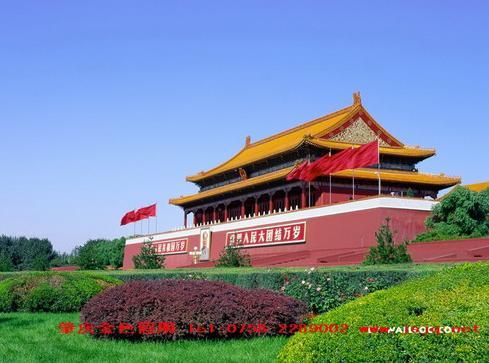
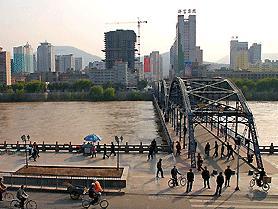
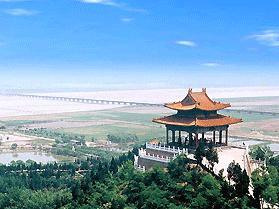
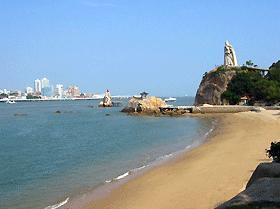
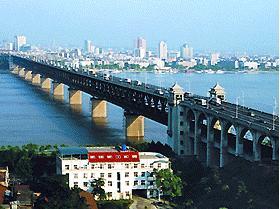
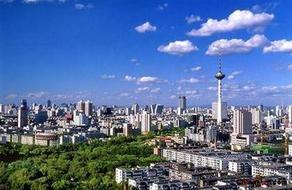
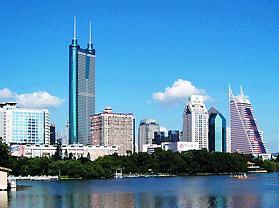
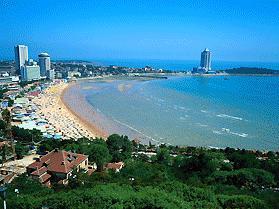

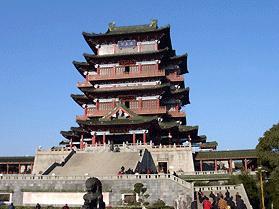
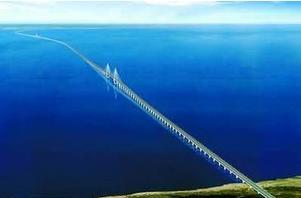
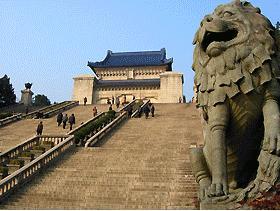

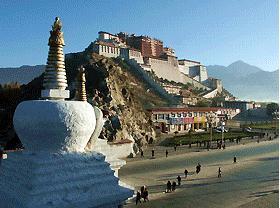
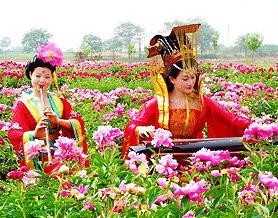

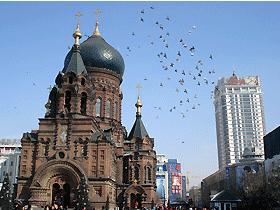

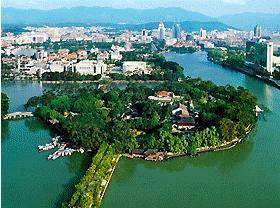
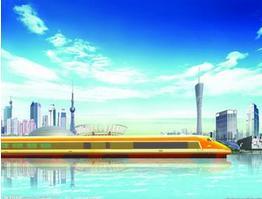
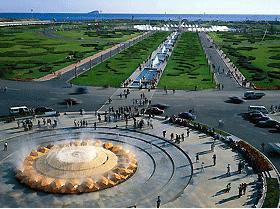
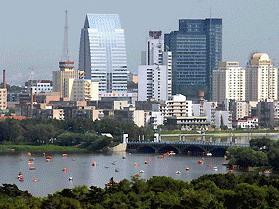
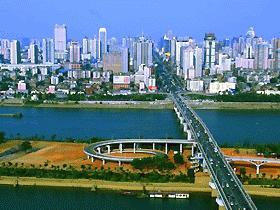



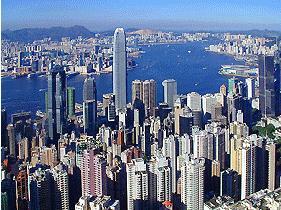

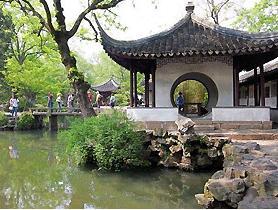

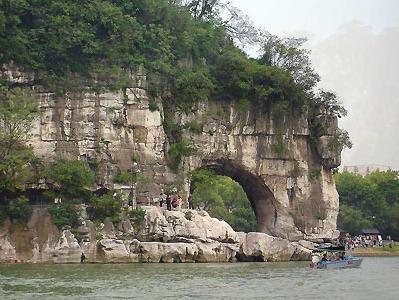

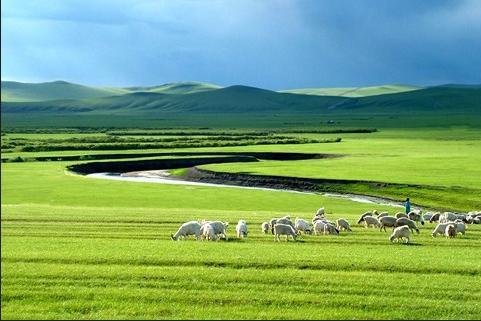
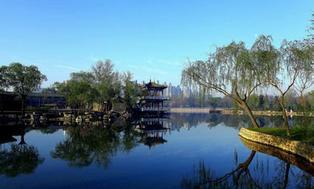
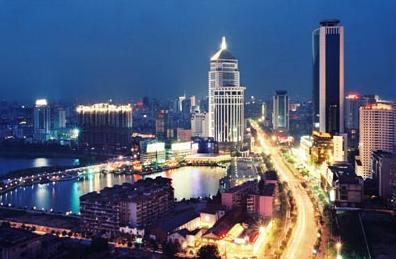
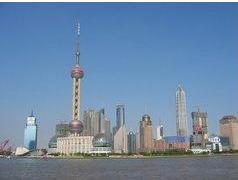
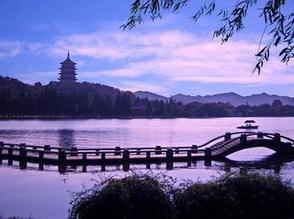

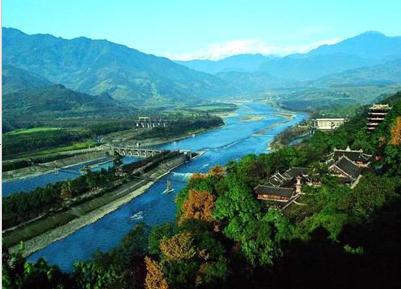
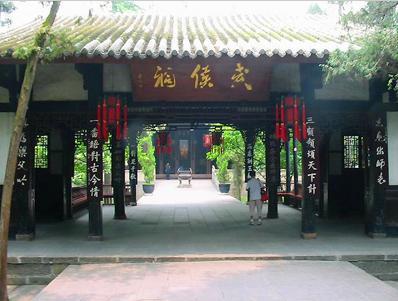
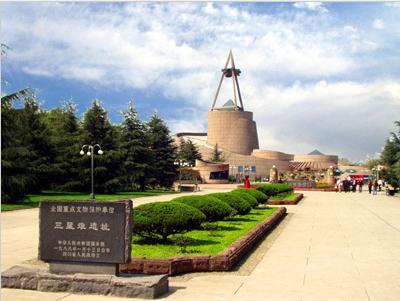
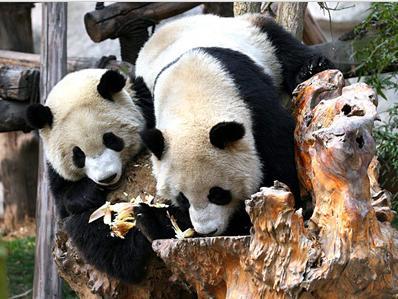
 Chinese
Chinese
 English
English
 Korean
Korean
 Japanese
Japanese
 French
French
 Russian
Russian
 Vietnamese
Vietnamese
